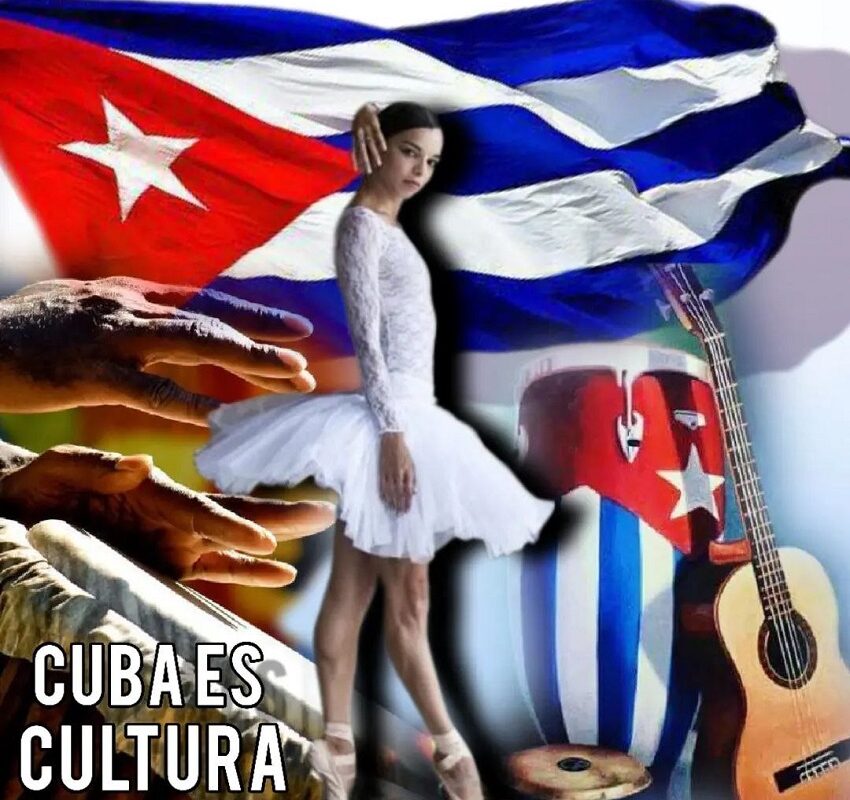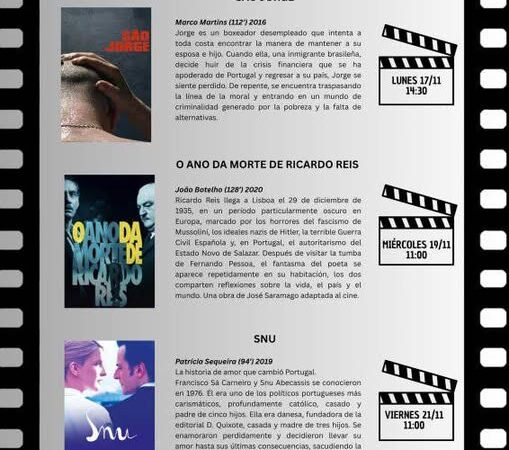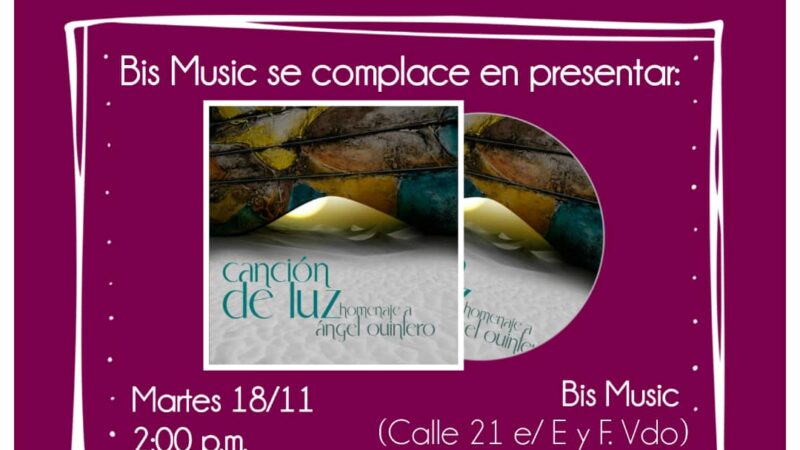Cuba’s National Day of Culture: Identity and Belonging

Cuba’s National Day of Culture commemorates October 20, 1868—the date the Cuban National Anthem was sung for the first time, just ten days after Carlos Manuel de Céspedes declared independence and the irrevocable decision of Cubans to rise against colonial rule.
Much has been written and reflected upon about that historic act, its impact on the nation’s history, and the significance of the date itself. Today, this remembrance invites us to examine the very essence of Cuban culture.
The uprising in Bayamo embodied the spirit of 19th-century Cuba—a bold, resolute stand against a metropolis that considered the archipelago a mere appendage and its people merely subjects, not citizens. The defiance by a group of Cubans whose demands had been long ignored left a profound mark not only on the socioeconomic landscape for decades to come but also on the cultural fabric of the nation.
Cuban identity and culture were not born on October 10; rather, the legacy of earlier generations gained new expression in a deeper sense of belonging. Since then, Cuban identity has taken shape across the arts, in popular sentiment, and in the nation’s history. It has never been static—it has continuously evolved, much like a simmering ajiaco of influences and values. Yet, throughout these changes, it has retained its essence, nourished by reflection on past and present realities. That is why Cuba’s National Day of Culture remains so vital. Stripped of allegory and populist rhetoric, it reaffirms that the nation’s culture is diverse and inherently rich.
As poet Fina García Marruz once wrote, “culture is made up of both peaks and plains.” And, in the words of Fernando Ortiz, “Cuban identity—consciousness, will, and the very root of the nation—first arose among those born and raised here, who never turned back, their souls bound to the land. What is Cuban sprang from below, not from above,” as researcher Rafael Lam recalls.
Reflecting on this date requires an emphasis on authenticity and representation. The act of choosing “the best” becomes pedagogical—an exchange between teachers and students in a horizontal dialogue, where thought and study challenge banality, censorship, and isolation.
“Culture,” notes Yasel Toledo Garnache, president of the Hermanos Saíz Association, “is always what saves us. It is the source of our essence, our energy, our defiant spirit, our passion for what seems impossible, and our desire to inspire. It is also where our national and popular identity pulses. May Cuba forever remain one great family united in goodness, wherever its children may be. Solidarity, generosity, and love for the homeland are all part of our culture. In the fine arts, in popular traditions, in our pride as Cubans, and in our pursuit of the utopian, lies the most powerful decolonizing force to which we can aspire as a nation.”
This year’s Cuban Culture Week marks the centennial of Fidel Castro Ruz and the anniversaries of Armando Hart Dávalos, Alfredo Guevara, Juana Bacallao, Abelardo Estorino, and the Trío Matamoros. It also includes the 95th birthdays of Alfredo Sosabravo and Omara Portuondo, and the 40th anniversary of the National Reading Campaign. Traditionally celebrated from October 10 to 20, this event encompasses and complements other festivities, such as the Fiesta de la Cubanía (October 17–20) and Cuba’s National Day of Culture itself. All of these commemorations share the same purpose: to reaffirm the role of culture in shaping Cuban national identity across generations, histories, and spaces—a legacy that began with the spirit of Bayamo’s rebels in 1868 and endures today through the Cuban people’s unwavering sense of identity and belonging.
Translated by Luis E. Amador Dominguez



